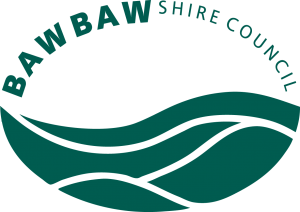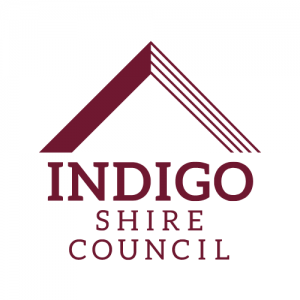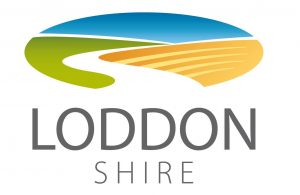The phenomenal development of the Victorian Goldfields has resulted in thousands of buildings, gardens, public works, urban settlements and mining sites. Together with Aboriginal cultural sites, these places collectively identify the distinctiveness of the region and provide opportunities for interpreting the shared history of the region and gaining a better understanding of why it is so special.
To find out more about what is happening in the interpretation of these stories, visit ‘The Stories’ section on our website.
Aboriginal Cultural Heritage
Significant Aboriginal cultural heritage sites and sites of a shared history are found across the region. These sites contribute to a deeper understanding of place and tell a story of resilience of Aboriginal people’s and their culture. The region’s Registered Aboriginal Parties are the primary guardians, keepers and knowledge holders of Aboriginal Cultural Heritage – Barengi Gadjin (the Wotjobaluk, Jaadwa, Jadawadjali, Wergaia and Jupagulk peoples), Dja Dja Wurrung, Eastern Maar, Gunaikurnai, Taungurung, Wadawurrung, Wurundjeri Woi Wurrung and Yorta Yorta peoples. Cultural centres, such as Brambuk in Gariwerd (Aboriginal name for Grampians) also protect and share the cultures of Aboriginal peoples.

Murrup Laarr by Yum Studio
Art Galleries
The Victorian Goldfields region has five significant public art galleries, in Bendigo, Ballarat Castlemaine, Ararat and Maryborough, which has a smaller gallery in its former Fire Station. All of these are listed on the Victorian Heritage Register and are iconic places in these cities. Their importance not only lies with their architecture and history, but also in their collections, many collected and gifted during the gold rush era.

Castlemaine Art Gallery And Historical Museum. David Mitchener
Churches and Places of Worship
The Goldfields region contains numerous churches and places of worship. Religious affiliations were very important to many of the miners and the distribution of the various denominations and temples provides important clues as to the predominant cultural groups in particular areas. Clearly the large churches and cathedrals were built by the Anglicans and Roman Catholics and these places continue to dominate the larger towns. However, the proliferation of small churches and non-conformist (Wesleyans, Baptists, Congregationalists) chapels point to the gatherings of groups like the Welsh, Cornish and English from the Midlands. Equally the presence of synagogues and Chinese temples point to the diversity of cultural groups and their spread throughout the goldfields. Churches and places of worship are an important measure of the demography of the fields.

Roofless Methodist Church, Tarnagulla. John Dyke
Civic Precincts
The development of towns and cities and the great pride of the miners in their new-found wealth and prosperity led to substantial civic spaces being developed. Much is said about the grand Sturt Street boulevard in Ballarat and Pall Mall in Bendigo, but equally spaces like the civic precinct in Maryborough and Ararat are indicative of the wealth and pride that drove those centres for many years after the initial rushes. These developments were also an opportunity to turn the muddy, dusty and unsavoury urban spaces of the early mines into fine examples of architecture and public planning and design.

Lydiard Street, Ballarat. Visit Victoria
Gardens
The establishment of gardens, both public and private, is a sign of the urbanisation of the region. Today the region supports many fine botanic gardens laid out by civic leaders who often accessed advice and plantings from the Melbourne Botanic Gardens. Private gardens were also an important feature of the new landscape and those associated with pastoral homesteads were often very grand affairs. By and large the public gardens have remained under the control and management of local governments who have generally provided good care of the gardens. These gardens provide a wonderful opportunity for an enhanced visitor experience, especially given the great interest in gardening locally and globally.

Ballarat Botanical Gardens. Visit Victoria
Infrastructure
The development of infrastructure was an essential part of the growth of the cities and towns. Places like gas works, tramways, water works and major industries help tell the story of the growth of the towns and cities in the region. They, along with the civic spaces and grand public buildings enable us to see the results of the investment of wealth derived from gold.

Goldfields Hospital 1863
Mechanic’s Institutes
Victoria was a particularly significant place for these institutions. Established as centres of learning for the artisan, tradesperson and worker (including miners and mechanics servicing the mines), they usually contained a reading room and lending library and an auditorium and meeting rooms. The Ballarat example is one of the grandest and still operates a library, auditorium and meeting rooms. Many of these establishments were the forerunners of the modern-day public libraries. Their stories are an intriguing insight into the development of the communities of the region. Many Australians could trace their cultural and educational background to the services provided to their forebears by these institutions.
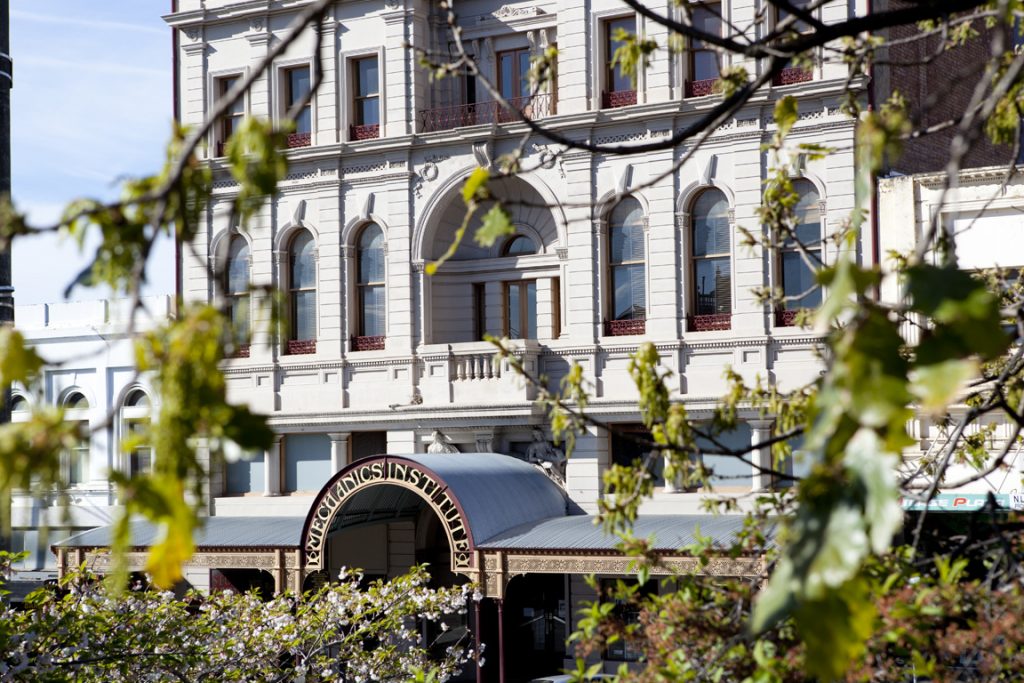
Mechanics Institute, Ballarat. Barry Gamble
Memorials
During the nineteenth century it was common to memorialise important people and great events, regardless of the location of those events. So many towns have memorials to members of the British royal family and important civic fathers. Of course, just about every town or village has a war memorial to the servicemen and women of WWI and these alone commemorate the more common man. These can also take the form of Avenues of Honour that were a very popular form of commemoration in the region. These servicemen and women were the sons and grandsons of the early miners and the names represented on those memorials are an important part of the genealogical story of the gold region and the demographic distribution of particular nationalities and cultural groups.
Perhaps the most important places in this regard are the cemeteries, a number of which are recognised on the Victorian Heritage Register. These cemeteries are the record of the diverse people who lived and toiled on the goldfields and make a critical contribution to understanding the make-up of the goldfields.
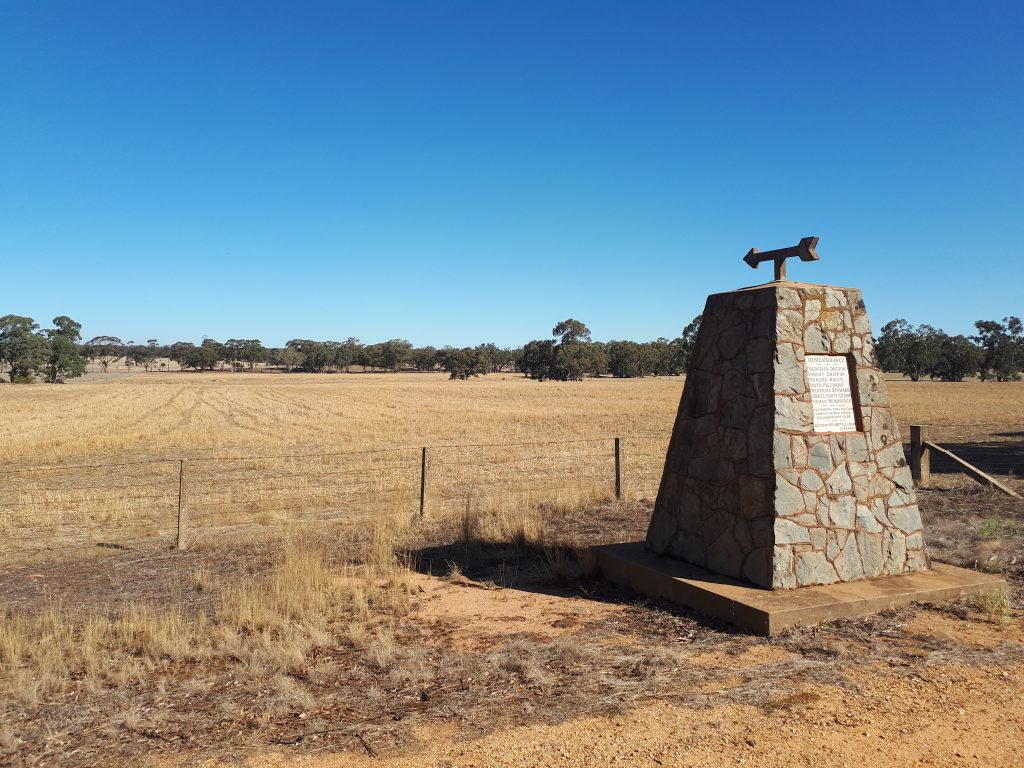
Gold Prospectors Camp memorial on Wimmera Hwy 2km east of St Arnaud
Mining Sites
There are a myriad of mining sites included on the Victorian Heritage Register (VHR) and the Victorian Heritage Inventory (VHI) and many thousands of others recognised in local planning schemes and on other non-statutory lists. The ones included on the VHR and the VHI are a representative sample of all the typical places and enable the mining story in all its forms to be told. These places are, of course front and centre to the overall gold story.

Hard Hill Gold of the Region Mine
Public Buildings
Throughout the region there are hundreds of public buildings, many of them grand edifices designed to deliver local government (town and shire halls), court houses, post offices, hospitals, lunatic asylums and gaols. As well there are unusual public enterprises like the Ballarat Observatory or places constructed specifically around the mining industry, like the Ballarat Mining Exchange.
These buildings and sites tend to illustrate the great wealth assembled in the region with many of these structures being of fine architectural design. They also attest to the ambitions and expectations of those people who had settled in the region, many of them individuals who had done well out of the pursuit of gold. They probably are the most significant pieces of architecture throughout the region, being the product of a new and confident colony anxious to express its new found identity.

Majorca Town Hall
Schools of Mines
The establishment of Schools of Mines throughout the Goldfields was an indication of the need for more sophisticated mining techniques than what had arrived with the early alluvial miners. As the shafts became deeper and the machinery necessary to process the ore became more complex there was a need for well-educated engineers and the like to support the mining ventures. Of course the Ballarat School is now an important part of the Federation University Australia and Bendigo’s an important part of the Bendigo campus of Latrobe University. This in itself is an indicator of the growth of these communities and the role that education has played in their development.

School of Mines, Castlemaine. Barry Gamble
Theatres
The Goldfields were littered with theatres, which along with hotels were popular places of social engagement and entertainment. They tell a diverse story of the types of entertainment that the mining community enjoyed, but they also tell the story of the growth of sophistication of these communities to the point that many of these theatres continue to play an important role in the cultural and social life of the towns and cities of the region.

The Capitol, Bendigo. Visit Victoria
Transport Sites
The development of transport routes (both road and rail) were a key outcome of the goldmining fever. Not only was it necessary to provide improved access to the goldfields, but it was ultimately critical for the development of the region that roads and railways were improved. The story of the Mt Alexander railway alone and the way in which it consolidated the economy of Victoria is a very important story in illustrating the impact of the discovery and extraction of gold.

Maryborough Railway Station

